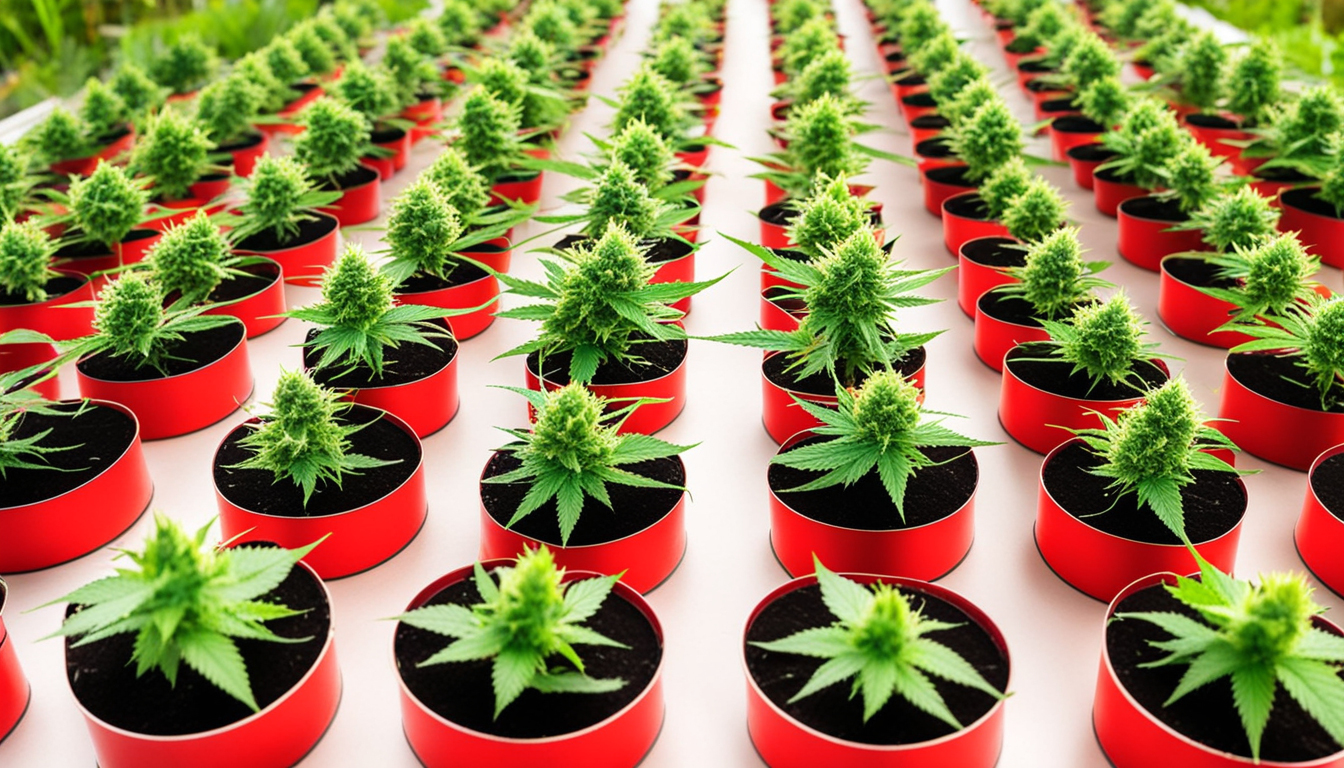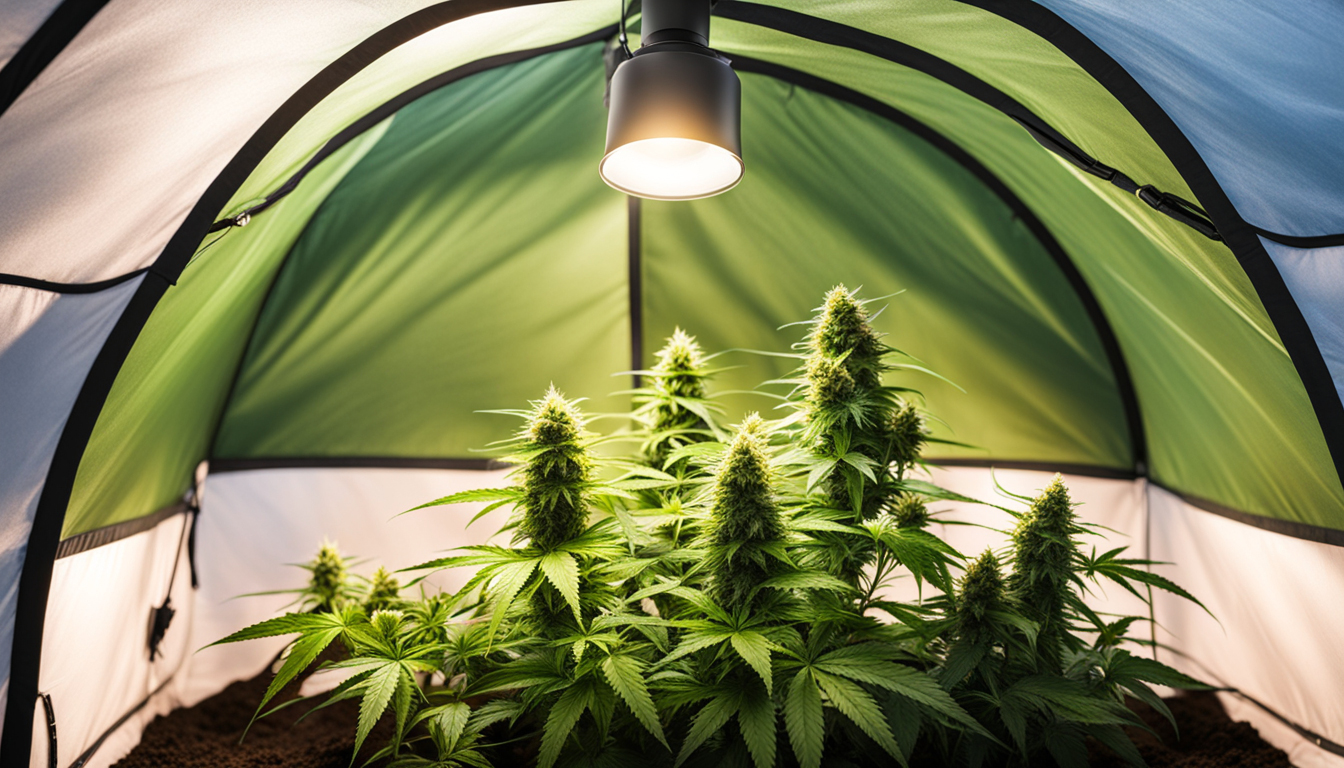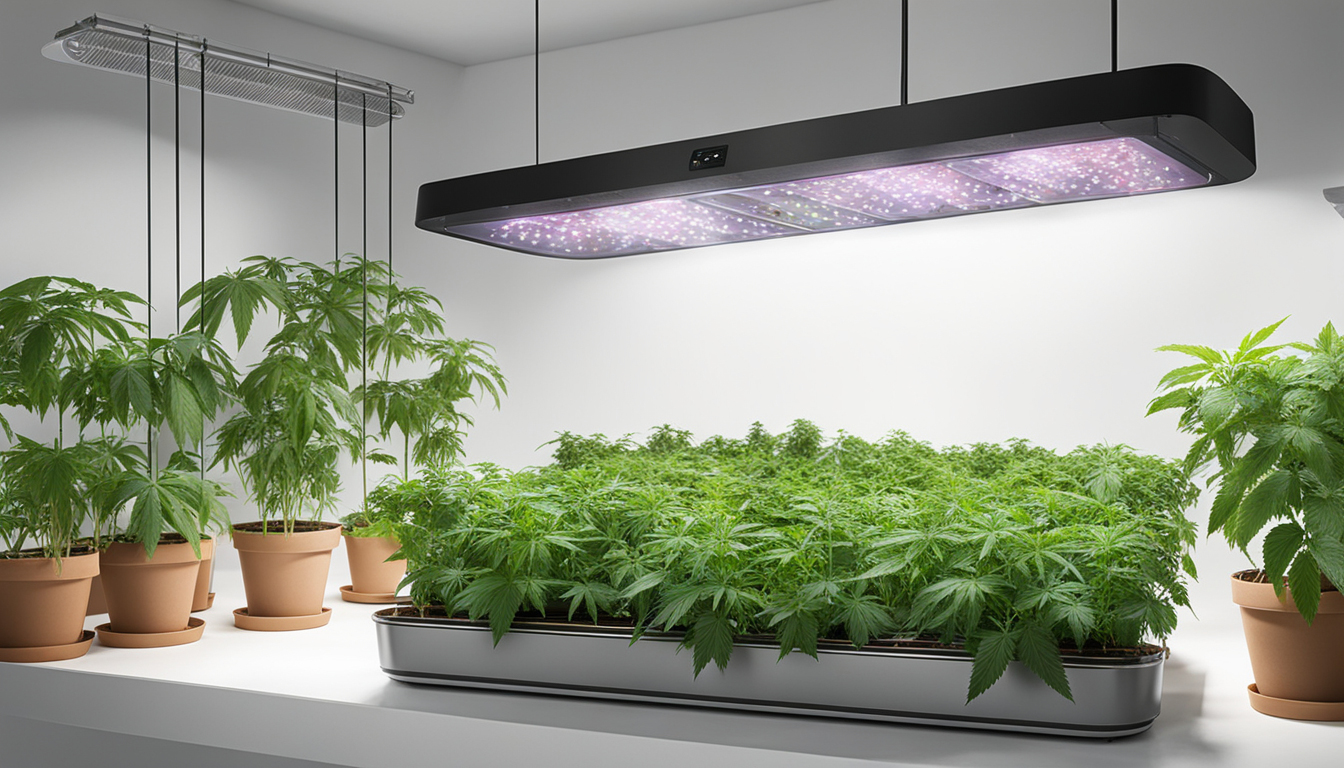
Whether you're just starting out with marijuana growing or looking to improve your existing crop, following this complete guide will help you produce large, high-quality yields right at home. With the right equipment, strategies, and attention, cultivating weed indoors can be an extremely rewarding and cost-effective endeavor.
Choosing Cannabis Varieties
The first step in planning your indoor harvest is selecting the right weed strains to produce. The three main types of pot plants each have their own traits.
Sativas
Known for their energizing intellectual effects, sativas grow tall and slender with narrow leaves. They flourish in hotter equatorial climates and have a longer flowering time between 2.5-3 months indoors. Top energizing strains include Sour Diesel, Durban Poison, and Jack Herer.
Relaxing strains
These strains provide relaxing body-focused effects and spread short and bushy with broad leaves. Accustomed to colder mountain climates, they flower faster within 2-2.25 months. Popular relaxing varieties include Granddaddy Purple, Northern Lights, and Bubba Kush.
Hybrids
Mixed strains blend traits from both energizing strains and indicas. They offer combined effects and have medium flowering times around 2.25-2.5 months. Well-known mixes are Blue Dream, OG Kush, and Blue Dream.

Setting Up Your Grow Space
Marijuana plants need the right controlled environment to flourish. Key factors for indoor farms are lights, airflow, layout, and finding the ideal discreet spot.
Location
Choose an available space with quick access to irrigation and electrical outlets. An empty extra bedroom, unused closet, basement corner, or cultivation tent locked away in a garage all make great hidden cultivation room spots.
Lighting
Pot requires intense light for all vegetative stages. LED grow lights are energy-efficient and come in broad spectrum options mimicking real outdoor light. Cover 250-400 watts per sq. ft for the growth stage and 20-40 watts per sq. ft. for bloom.
Ventilation
Proper ventilation and exhaust systems keep ideal temperature, moisture, and pure CO2 levels. Install silent 10-15 cm fans or scrubbers to circulate stale air and eliminate smells.
Layout
Maximize your space by arranging plants carefully under the lights and leaving room to reach and work around them. Set up separate zones for vegetation, bloom, drying, and cloning.

Cultivation Mediums
Cannabis can be grown in different substrates, each with benefits and cons. Pick a appropriate option for your particular setup and cultivation style.
Soil
The traditional medium, soil is affordable and easy for beginners. It provides great flavor but needs more watering and fertilizing to nourish plants. Amend soil with perlite or coco to improve drainage.
Coconut coir
Made from coir, renewable coconut fiber holds water but still lets in air to the roots. It's more sterile and more predictable than soil. Use coco-specific nutrients to avoid calcium buildup.
Hydroponics
In hydro systems, plant roots grow directly in nutrient water solution. This allows quick growth but needs careful observation of water properties. Deep water culture and drip systems are common techniques.
Germinating Seeds
Germination activates your weed seeds to begin sprouting taproots. This prepares them for planting into their growing medium.
Towel Method
Put seeds between wet paper towel and maintain them damp. Inspect after a week for growing radicles showing sprouting is complete.
Direct Planting
Plant seeds directly into pre-moistened growing medium 1⁄4 inch deep. Gently water and wait 1-2 weeks until seedlings break through the top.
Cubic rockwool
Presoak rockwool cubes in balanced water. Insert seeds 1⁄4 inch deep into the cubes. Keep cubes wet until sprouts appear within 1-14 days.
Transplanting Seedlings
Once sprouted, cannabis seedlings need to be transplanted to prevent crowding. Move them into proper sized containers.
Preparing Containers
Fill large containers with cultivation medium amended with slow-release nutrients. Let pots to soak up water overnight before transplanting.
Carefully Transplanting
Carefully loosen seedling roots from germination medium using a spade. Put into pre-soaked container at same depth as before and lightly water in.
Vegetative Stage
The vegetative stage promotes leafy growth and plant form through 3/4 to full day of daily light intensity. This stage usually lasts 1-2 months.
Providing 18-24 Hours of Lighting
Use lamps on a 24 hour cycle or outdoor light to initiate constant photosynthesis. Lamp output influences size and internodal spacing.
Nutrients
Use vegetative stage nutrients richer in N. Make sure pH remains around 6.5 for full fertilizer absorption. Feed 25-50% concentration after 2 weeks and strengthen slowly.
Training Techniques
Fimming, LST, and scrogging direct shoot patterns for flat foliage. This increases yields.

Bloom Stage
The flowering stage develops buds as plants reveal their sex under a 12/12 cycle schedule. It lasts 2-3 months depending on strain.
Switching to 12/12
Switch lamps to 12 hours on, 12 hours off or place outside for natural 12 hour cycle. This signals plants to begin flowering.
Flushing
Flushing removes fertilizer residuals to improve flavor. Fertilize lightly the first weeks then just use plain water the last 2 weeks.
Flushing
Maintain 12 hour photoperiod but leach using pH-balanced water only. Resume clean watering if buds aren't ripe after two weeks.
Harvesting
Knowing when marijuana is fully ripe delivers peak cannabinoid content and aroma. Cut down plants at peak maturity.
Signs of readiness
Look for fading pistils, swelling calyxes, and 5-15% amber trichomes. Inspect buds across the plant as they don't all mature evenly.
Cutting Plants
Use clean, sharp trimming scissors to carefully cut each plant at the base. Keep several Donate Here inches of stem attached.
Curing
Hang intact plants or colas inverted in a dark room with moderate temp and humidity around 45-65% for 1-2 weeks.
Curing
Curing keeps desiccating while aging the buds like aged spirits. This technique smooths harshness and intensifies terpene and terpene profiles.
Curing containers
Manicure dried buds from stems and store into sealed containers, filling about 3⁄4 full. Use a sensor to monitor jar humidity.
Burping Daily
Unseal containers for a few hours daily to gradually reduce humidity. Remoisten buds if humidity goes under 55%.
Final Cure
After 2-3 weeks when moisture levels off around 55-65%, perform a final manicure and keep forever in sealed jars.
Common Problems and Solutions
Even seasoned cultivators run into different cannabis plant problems. Identify issues soon and fix them correctly to maintain a healthy garden.
Nutrient Deficiencies
Chlorosis often signify inadequate nitrogen. Anthocyanins and leaves show phosphorus deficiency. Check pH and increase fertilizers slowly.
Bugs
Thrips, aphids, fungus gnats, thrips, and nematodes are frequent pot pests. Use organic sprays, ladybugs, and sticky traps for natural control.
Mold
High humidity promotes botrytis and root rot. Increase circulation and venting while reducing RH under 50% during flowering.

Summary
With this complete indoor weed cultivation guide, you now have the knowledge to grow bountiful strong buds for private harvests. Follow these steps and techniques during the germination, growth, and flowering stages. Invest in quality gear and carefully check on your plants. In time, you'll be compensated with sticky aromatic buds you grew yourself under the patient guidance of your green hands. Good luck cultivating!